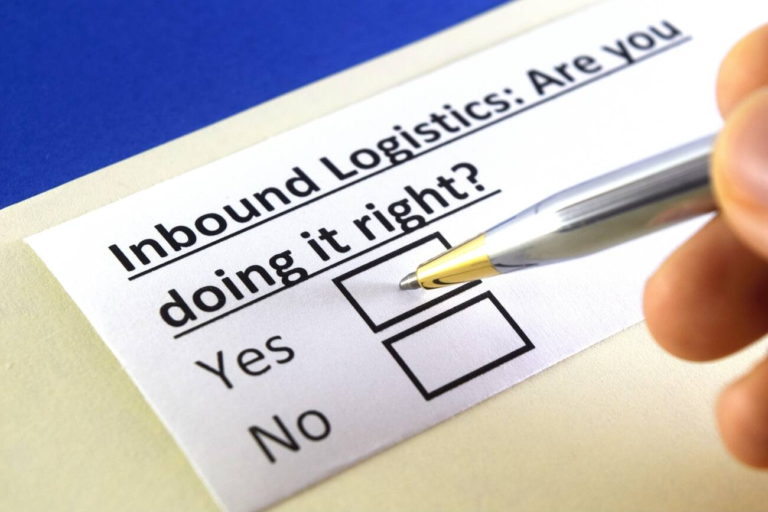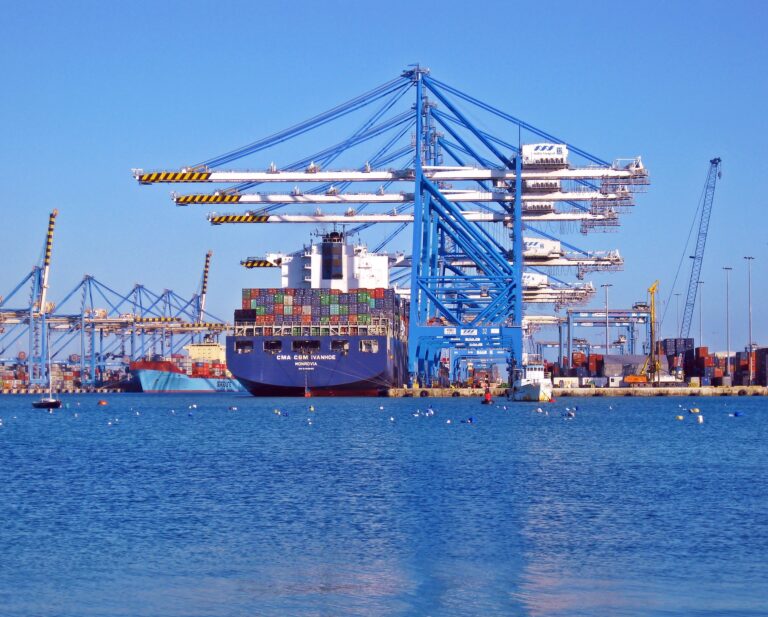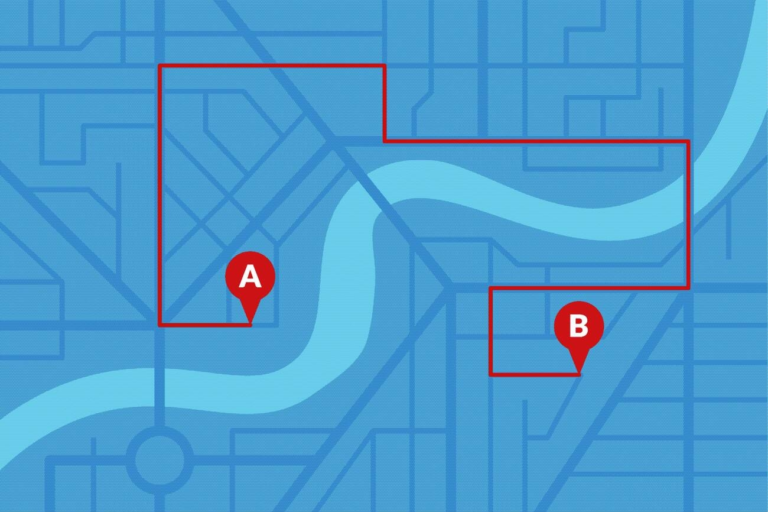Understanding the Difference Between ETA, ETD, and ETC
In logistics, shipping, and transportation, we often encounter acronyms like ETA, ETD, and ETC. These terms play a significant role in ensuring that shipments, whether by sea, air, or land, arrive on time and that stakeholders can plan accordingly. While they are often used interchangeably in everyday conversation, they each have distinct meanings and functions in the supply chain. Understanding these differences is crucial for both businesses and consumers to track shipments and coordinate logistics effectively.
What is ETA (Estimated Time of Arrival)?
ETA, or Estimated Time of Arrival, is the predicted time when a shipment, vehicle, or individual is expected to reach its destination. It is widely used in the transportation industry, especially in shipping, air travel, and logistics. ETA helps to establish a timeline for when goods or passengers will arrive, giving all parties involved a forecasted timeframe for coordination.
For example, if a truck is hauling goods from Point A to Point B, the ETA gives the receiver an estimated time of arrival, allowing them to prepare for the delivery. Similarly, in air travel, airlines provide an ETA to inform passengers when their flight is expected to land at its destination.
- Usage
The ETA is typically communicated in shipping schedules, flight itineraries, or even for package deliveries. It allows logistics teams, customers, and other stakeholders to prepare for arrivals and take appropriate action. - Factors affecting ETA
Weather conditions, traffic, and route changes can influence ETA, making it an estimate rather than a guaranteed arrival time.
Example:
A cargo ship’s ETA to the port is 2 PM. This means the goods are expected to arrive around this time, allowing port authorities and the receiving company to prepare for unloading.
What is ETD (Estimated Time of Departure)?
ETD, or Estimated Time of Departure, is the estimated time when a shipment, vehicle, or passenger transport is scheduled to leave its current location. It’s a critical metric in the logistics and transportation industries, as it helps stakeholders understand when a shipment is likely to depart and plan accordingly.
ETD is particularly useful when considering tight shipping schedules and transit windows. For instance, in air freight, the ETD will help customs officials and handlers prepare the cargo for departure. Similarly, for sea freight or trucking, ETD helps to schedule loading and ensure that vessels, trucks, or planes depart on time.
- Usage
ETD is used in transportation logistics, flight schedules, and shipping companies to keep track of expected departure times. - Factors affecting ETD
Traffic conditions, last-minute cargo handling, or weather-related disruptions can delay the ETD.
Example:
A flight has an ETD of 9 AM from New York. Passengers and airport staff will prepare for boarding and departure at this time, although slight delays may still occur due to various operational factors.
What is ETC (Estimated Time of Completion)?
ETC, or Estimated Time of Completion, is the forecasted time when a task, project, or shipment will be finished. In the context of logistics, it refers to the time when an entire shipment process (from departure to arrival) or a specific operation (like unloading or customs clearance) will be completed.
In the context of supply chain operations, ETC provides an essential overview of when specific tasks—such as unloading goods, processing shipments, or finishing a cargo transfer—will be completed. It helps coordinate workflows within businesses that depend on timely operations.
- Usage:
ETC is used to estimate the completion of specific tasks within the transportation or logistics chain. It could apply to unloading at the port, completing documentation, or even the final steps of customer delivery. - Factors affecting ETC:
Delays in customs, port congestion, or weather-related issues can all affect the ETC.
Example:
After a shipment reaches the port, the ETC might refer to when unloading is expected to be finished, allowing the receiving company to schedule their pickup.
How Do ETA, ETD, and ETC Work Together?
The use of ETA, ETD, and ETC helps stakeholders understand different parts of the journey. The three acronyms focus on key stages of transport and logistics:
- ETD is focused on when the goods or vehicle will leave a location (departure time).
- ETA tells you when the goods or vehicle are expected to arrive at their destination.
- ETC is primarily used to predict when a task or process will be completed (for example, unloading or processing).
Together, they help companies manage expectations around timing, prepare for delivery, and minimize disruptions. It is important to remember that while these times are estimates, various factors such as weather conditions, mechanical failures, or port congestion can impact them.
The Importance of ETA, ETD, and ETC in Logistics
- Improved Planning and Coordination
Logistics teams rely on these times to plan the movement of goods. For instance, an ETD allows the team to ensure the cargo is loaded onto a ship or plane in time for departure. The ETA then helps the receiving company prepare for the arrival of the shipment and manage inventory or customer schedules. ETC allows for tracking task completion and ensures that unloading or further processing is done promptly. - Customer Expectations
Customers who order goods online or through a retailer rely on accurate ETAs to plan around delivery. When logistics companies fail to meet their ETAs, it leads to customer dissatisfaction and delays in the broader supply chain. By communicating realistic ETAs, businesses improve customer experience and trust. - Resource Allocation
Knowing when goods will depart (ETD), arrive (ETA), or when tasks will be completed (ETC) allows logistics managers to allocate resources like storage space, staff, and transportation accordingly. For instance, when a truck is expected to arrive (ETA), workers can be scheduled to unload it. If a shipment is delayed, the company can adapt its workflow. - Operational Efficiency
Timely ETDs and ETAs allow companies to anticipate problems in the shipping process and adapt. If the ETD is pushed back, the company can prepare for a delayed arrival. If the ETA changes due to weather, teams can work around the delay and minimize operational disruption.
Key Differences in Practice
- ETA is concerned with the arrival of goods, passengers, or vehicles at the destination. It helps companies prepare for incoming shipments or passengers.
- ETD focuses on the departure time, indicating when goods will leave the origin point. It’s particularly useful in scheduling logistics and ensuring timely movement.
- ETC is concerned with the completion of tasks associated with the shipment process. It indicates when unloading, processing, or other operations will finish.
Conclusion
Understanding the distinctions between ETA, ETD, and ETC is essential for professionals in logistics, shipping, and transportation. These terms each describe different stages of the transport process and provide key information for managing operations and customer expectations. While all of these terms are estimates and subject to change, they are invaluable for ensuring timely deliveries and effective coordination. By keeping track of these times, businesses can improve operational efficiency, better manage resources, and enhance customer satisfaction.
In a fast-paced world where timing is critical, keeping track of ETA, ETD, and ETC can significantly streamline operations and help keep the logistics chain running smoothly.





